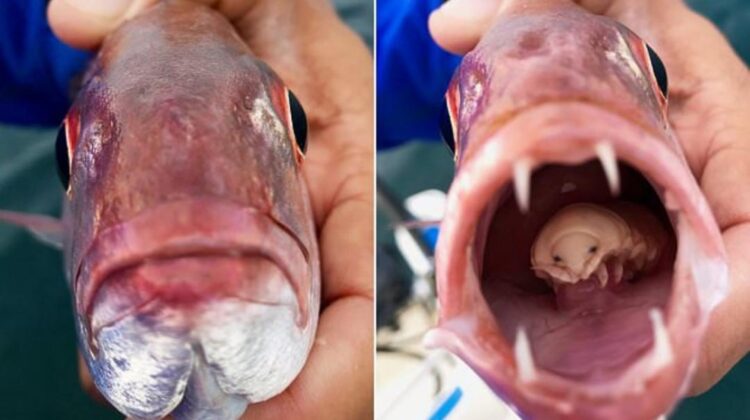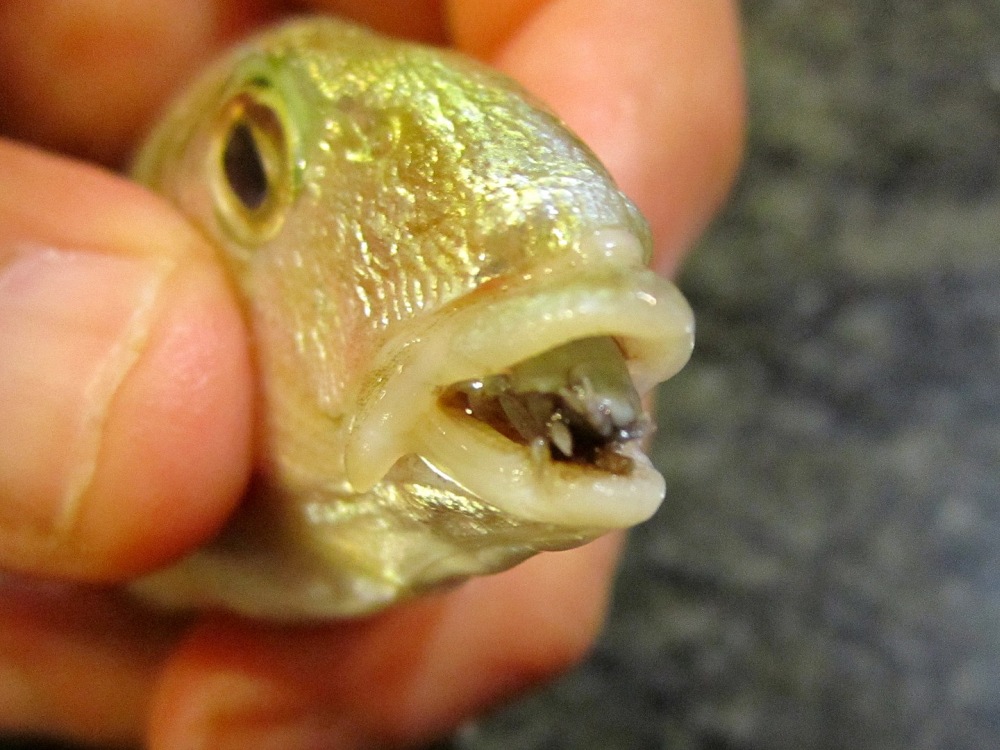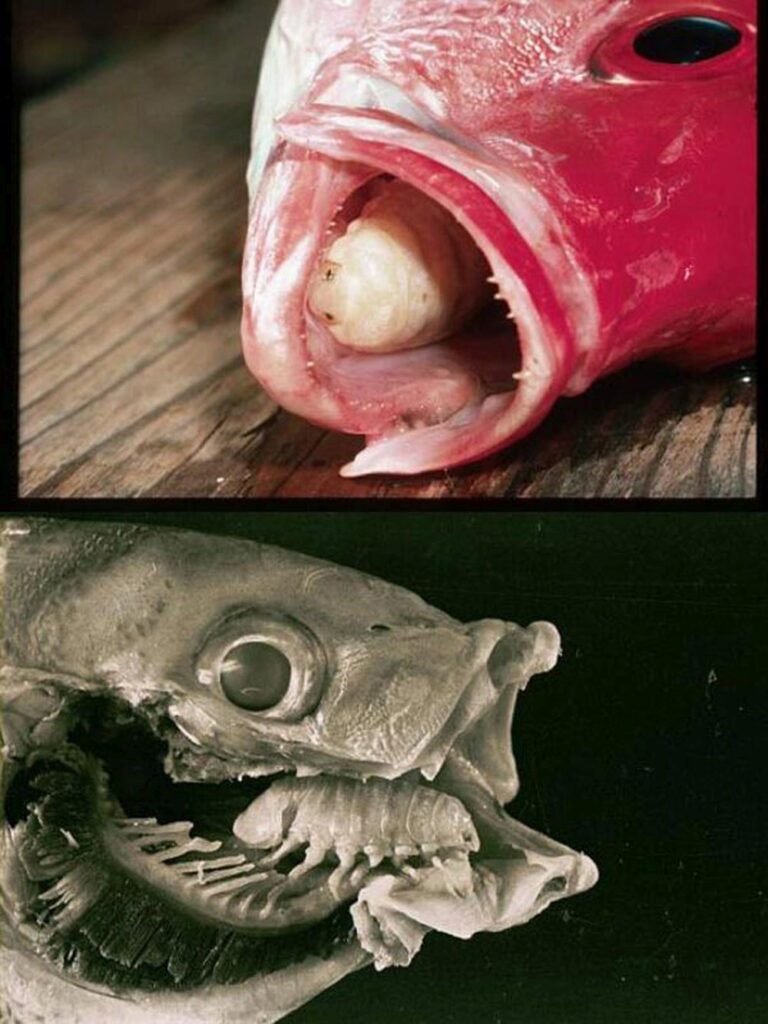
While we at Earthly Mission have previously covered some truly creepy marine creatures, such as the Atlantic wolffish, or the sarcastic fringehead, the tongue-eating louse may top it all off when it comes to creepiness.
The Cymothoa exigua, or the tongue-eating louse, is an isopod (a group of animals, which also includes crabs and shrimp) that spends most of its life inside the mouths of different fish. They are known to remove the tongue, and replace it with themselves. In fact, the tongue-eating louse is the only known parasitic creature that functionally replaces an entire organ of its host species.

Female lice can grow to be about an inch (2,5 centimeters) long, while male lice are usually only half that size. However, there is a catch: every Cymothoa exigua begins as a male, but once they have established themselves inside a fish and completed their maturation process, they switch sexes and transition into a female. This happens only if the spot isn’t already occupied by a female.
The parasitic journey begins with the tongue-eating louse entering the fish through the gills (this is actually how most fish parasites get into their hosts). After successfully entering the fish, the louse climbs to the base of the tongue and prepares for its lengthy stay inside. It first clamps its strong legs onto the tongue, securing itself in the fish’s mouth. This is where things get nasty: the parasite pierces the tongue, cutting off the blood supply to the tongue. This causes the fish’s tongue to atrophy and eventually fall off, leaving the fish with only a stump. The louse then attaches itself to the destroyed organ, acting as the fish’s prosthetic tongue and feeding on mucus and blood.
Surprisingly, this does not kill the fish because it is in the parasite’s best interest for the fish to live as long as possible. In fact, the fish can use the louse as an organic tongue prosthesis, capable of performing all of the duties and functions that a real tongue can – despite being quite horrifying. So, despite the presence of a large isopod in the fish’s mouth, it can lead a relatively normal life.

If that wasn’t creepy enough, it gets even crazier.
Remember how juvenile Cymothoas become females when they move in? If a fish is already taken, they remain in the gills of the fish and mature into males. Once the female and male have matured into fully grown louse, the male crawls into the female’s mouth and mates. Yikes.
After a brief gestation period, the female gives birth to a new generation of lice, continuing the nightmare cycle.

Little is known about what the louse does after its host dies. Maybe it gives up on life with the fish, but it could also detach from it and start looking for a new home. The tongue-eating louse’s primary prey are snappers, but it has been discovered in other fish species as well.
If you’re wondering if these parasites are harmful to humans, there’s good news. Except for biting your finger if you try to touch it, the Cymothoa exigua poses no significant threat to humans.

Leave a Reply